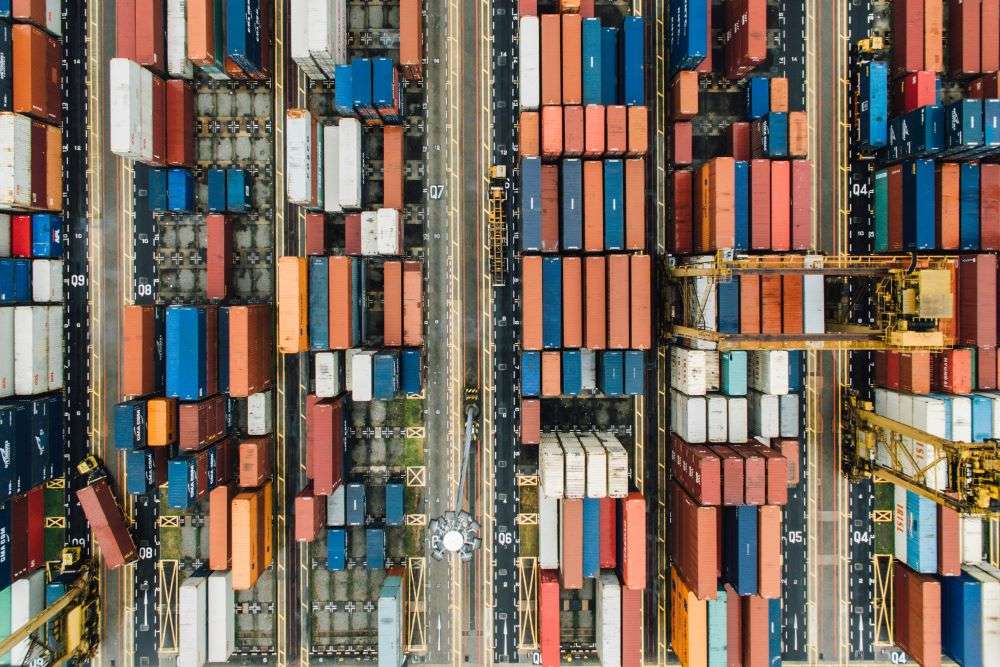Transit Time Delays Across Key Trade Routes
Over the past year, transit times, a critical metric for smooth operations, have seen a significant increase across key global trade routes. On average, there has been a 30% increase in transit times and a 20% increase in overall container journey times. Factors such as the ongoing Red Sea crisis, blank sailings, Panama Canal restrictions, adverse weather conditions, and port congestion have all contributed to these increased transit times.
Regional Analysis of Transit Time Delays
Asia to Europe:
Shipments from Asia have seen a significant increase in transit times due to Houthi attacks on merchant vessels in the Red Sea. Despite adjustments in sailings and disruptions accounted for, transit times from East Asia to Europe have risen by over 22%.
Asia to North America:
The Red Sea crisis also caused a spike in transit times from Asia to North America. Additional delays were caused by port closures due to dense fog in Shanghai, Ningbo, and Busan, leading to severe berth congestion. As of June 2024, transit times have increased by 35% for this route compared to the same period last year.
North America to Europe:
The collapse of the Francis Scott Key Bridge in March disrupted vessel traffic at the Port of Baltimore, contributing to regional delays. Additionally, the rise in rail dwell times at several major ports across North America has caused delays in intra-country cargo movements, impacting ocean transit times for shipments originating from North America. Shipments from North America to Europe experienced a 26% increase in transit time.
Implications and the Importance of Transit Time Analysis
Understanding the patterns in transit times is essential for adhering to delivery schedules. Detailed insights into specific historical port-to-port performance based on your business’s ports of loading and destination can be highly beneficial. Reliable data on historical port-to-port performance, congestion, vessel speeds, lane analysis, and carrier reliability can help make better and more cost-effective booking decisions. Real-time container tracking platforms can offer reliable transit time insights, turning shipping records into actionable intelligence.



